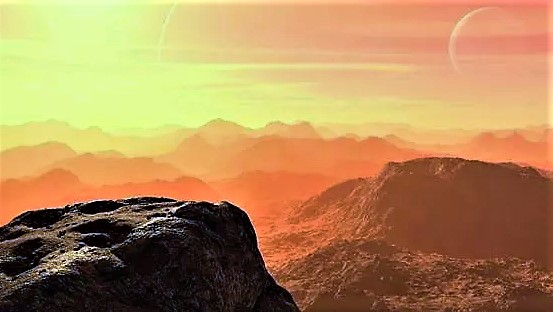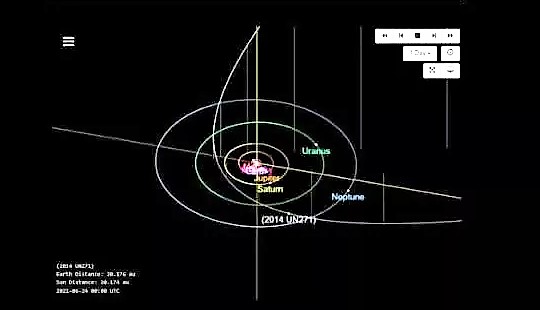Recently, the United States space agency's (NASA) space agency , Juno, had a close and recent sighting of Ganymede, one of the four moons orbiting Jupiter.
Ganymede is a natural satellite as well as the largest in our Solar System. At least the Juno plane took the picture from about 1,000 kilometers from Ganymede.
This distance is the closest a spacecraft has ever reached in more than 20 years.
It should be noted that the Juno spacecraft has a mission to study Jupiter, which happens to be passing by and then photograph the sighting of Ganymede from close range.
The photo captured by Juno shows the surface of Ganymede which has many cracks and craters. The photos look detailed because they were taken very close.
The photos captured by Juno will be compared with those taken by the Galileo (1995-2003) and Voyager (2003), two spacecraft that also belong to NASA.
Launching from the BBC , the photos will be compared to see if there are changes over time.
"(Juno) is closest to this giant moon than any other spacecraft in a generation," said Juno Principal Researcher Scott Bolton of the Southwest Research Institute, San Antonio, United States.
"We need some time before we can draw any scientific conclusions. But in the meantime, we can admire this magical celestial body," he added.
One of the attractions that make many scientists study Ganymede, as well as Callisto and Europa, is the potential for water under the ice surface.
NASA said that they will soon publish color images of Juno's journey just after crossing Ganymede.
But the European Space Agency will send a special mission which is also very soon. The Jupiter ICy moon Explorer , abbreviated as Juice, will fly past Jupiter's two satellites, Callisto and Europa.
Both are expected to place themselves in a fixed orbit near Ganymede, which is calculated to arrive in 2032.
Please note, Jupiter is the largest planet in the Solar System . Jupiter is the fifth planet from the Sun.
This planet has a very strong magnetic field and has quite a lot of natural satellites or moons. At least, Planet Jupiter is recorded to have 79 moons orbiting around this planet.
Also the read articles about Variety or other interesting articles from Irfan shah.














